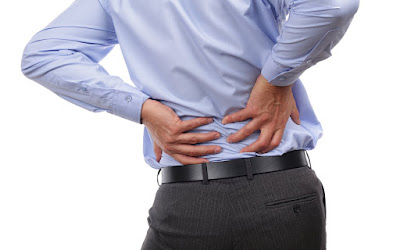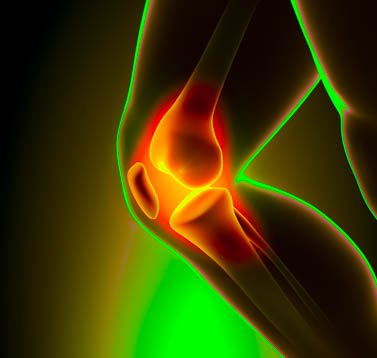Non-specific low back pain is caused by problems with structures in the back, such as joints, discs, muscles, tendons or ligaments. The guideline covers the management of pain that has lasted for longer than 6 weeks but less than a year.
This information explains the advice about the early management of persistent non-specific low back pain that is set out in NICE clinical guideline 88.
'Non-specific' low back pain is caused by problems with structures in the back, such as the joints, discs, muscles, tendons and ligaments. This type of back pain is not caused by cancer, infection, a fracture or an inflammatory disorder – these conditions are responsible for only a very few cases of persistent low back pain.
The NICE guideline defines 'persistent' low back pain as pain that has lasted for longer than 6 weeks but less than a year.
It can be difficult to completely cure non-specific low back pain, and treatments are usually aimed at helping people manage their condition.
This guideline is currently being updated. Further information can be found on the low back pain (update) page.
More...









